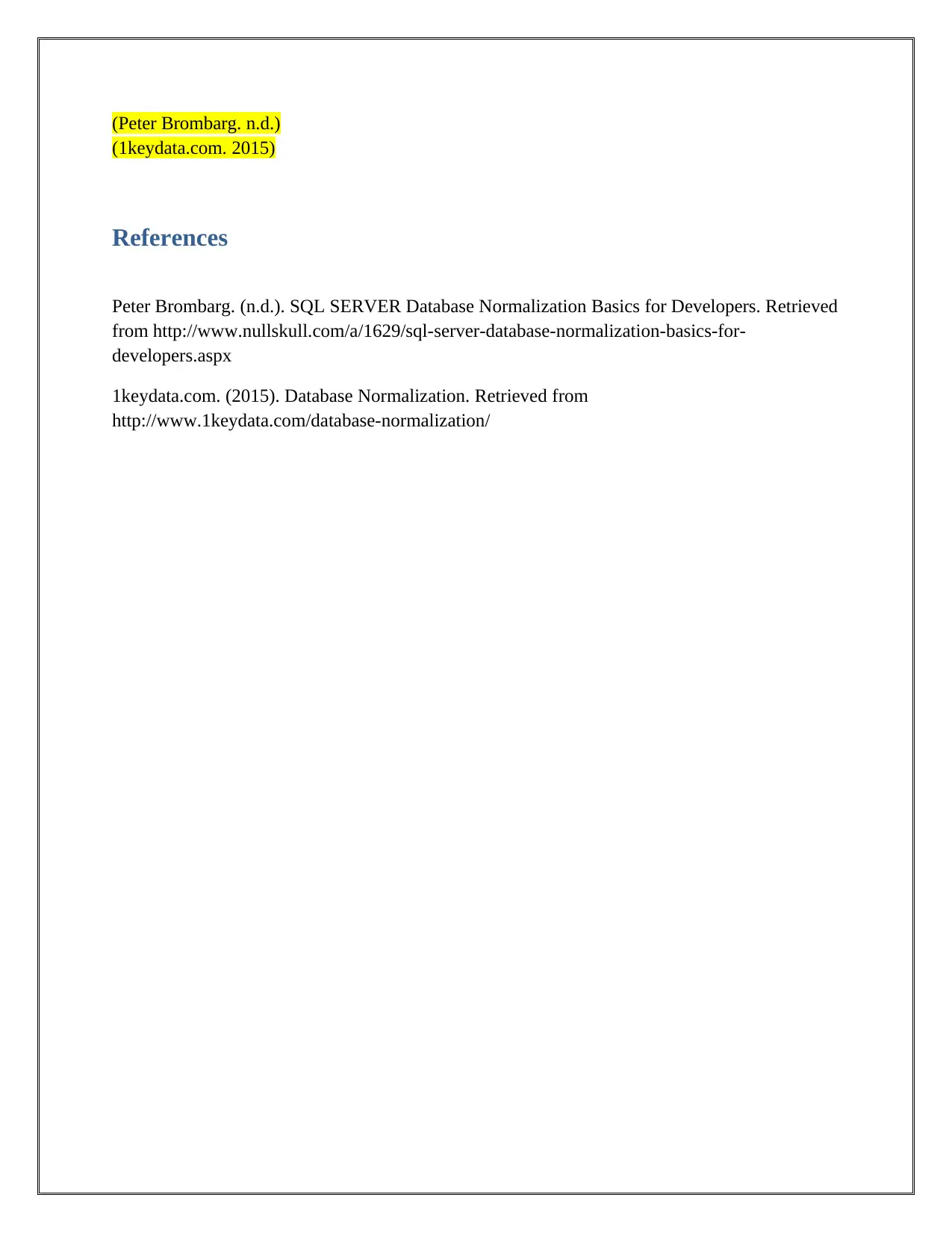Database Normalization: Detailed Explanation of 1NF and 2NF Forms
VerifiedAdded on 2023/04/06
|4
|370
|229
Homework Assignment
AI Summary
The assignment solution provides a detailed explanation of database normalization, specifically focusing on First Normal Form (1NF) and Second Normal Form (2NF). It demonstrates the process of transforming two tables, a Customer Table and an Events Table, into 1NF and 2NF respectively. For the Customer Table, the solution involves creating separate Customer and Contact tables to eliminate repeating groups, establishing a relationship between them using CustomerID as a primary and foreign key. Similarly, for the Events Table, a Course table is created to avoid repetition of course information, with CourseID serving as the linking key. The solution emphasizes that both resulting sets of tables adhere to the rules of 1NF and 2NF, ensuring that each table has a primary key and all other fields are dependent on that key, thus achieving a normalized database structure. The document references external sources to support the explanations.
1 out of 4











![[object Object]](/_next/static/media/star-bottom.7253800d.svg)